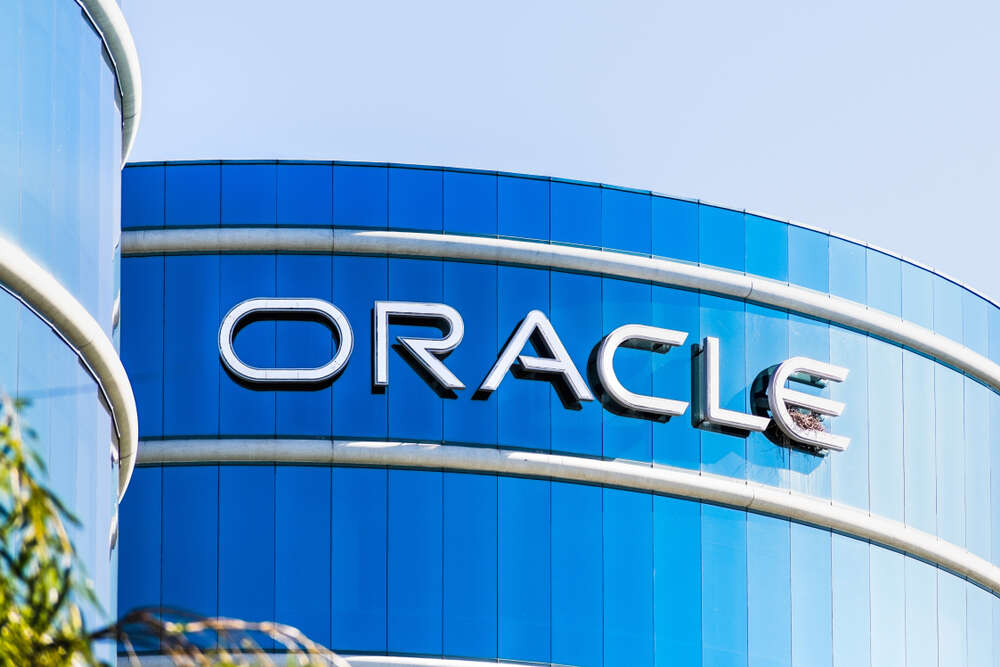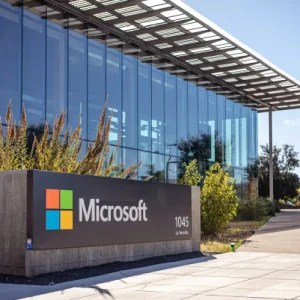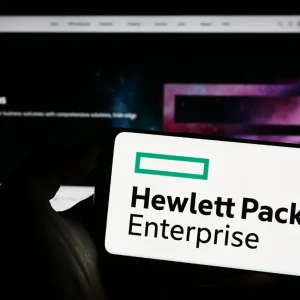
Often derided for having arrived late to the market, Oracle is beginning to see its cloud strategy bear fruit. This month, the company unveiled a device to help businesses working in remote or dangerous locations process data at the edge and connect back to their networks. But as it looks to go toe-to-toe with the likes of AWS and Microsoft Azure in the public cloud, Oracle could itself become a target for the hyperscalers as they aim to grab a slice of its core database business.
Oracle founder Larry Ellison famously described cloud computing as “complete gibberish” in 2008, but had changed his tune by 2012, when the company launched its own suite of cloud products. Nine years later, Oracle’s cloud strategy is built on a hybrid approach, combining cloud-based and physical solutions, but it is still playing catch-up when it comes to public cloud, holding just a 2% share of the market in 2020 according to figures from Synergy Research Group.
Oracle does not publish revenue for its Oracle Cloud Infrastructure (OCI) division, but Ellison, now the company’s chairman and CTO, told investors on its most recent earnings call that income from OCI had grown by over 100% in the three months to the end of October 2020, and that this number would have been even higher had the company not run out of server space. “There was more demand than we have supply,” he said. “To remedy this capacity shortfall, we are adding OCI capacity and building new OCI data centres as fast as we can. We are now up to 29 regional data centres around the world, more than AWS.”
Oracle’s cloud strategy: invest in R&D
As well as building data centres, Oracle has not been afraid to invest money developing products that could help it narrow the gap between itself and the bigger players, boasting a higher R&D spend than rivals such as SAP and Salesforce, which also have designs on eating into the market share of the likes of AWS, Azure and Google Cloud.
The latest tool to roll off the production line is Oracle Roving Edge, a mobile server designed to combine the company’s traditional on-premises tech strengths with connectivity to its cloud services. The product will enable customers to access Oracle’s cloud services at the edge, the company says, even in harsh environments where wireless connections are unstable. “[Clients] can put this in the back of a plane, they can put it out on an oil rig, they can take this to the polar observatory or anywhere you think that you want the benefits of cloud computing but you don’t necessarily have the infrastructure,” said Clay Magouyrk, executive vice-president for OCI.
Roving Edge will have access to all of Oracle’s cloud services from launch, regardless of the region in which it is operating. Magouyrk and his team will be hoping this gives it the ‘edge’ over similar products from AWS and Azure, which are both more limited in functionality.
Competition hots up in database market
But while Oracle is chasing the hyperscalers in the public cloud, the opposite applies when it comes to databases. Microsoft in particular has a growing interest in that market through its cloud-native Cosmos DB platform and the recently announced Azure Synapse Link, which integrates operational and analytics data in a single repository.
Speaking at an investor conference earlier this month, Microsoft corporate vice-president Corey Sanders said the company believes this ability to fuse different types of data gives cloud databases an advantage over traditional on-premises solutions offered by the likes of Oracle and SAP. “This is only possible with this type of cloud innovation, where we know the database is going to be built and deployed in this way, and we know the analytics service is going to be deployed in this way,” he said. “And so we can make this connection behind the scenes that saves customers time, money, and energy.”
[Keep up with Tech Monitor: Subscribe to our weekly newsletter]
Sanders went on to say he expects more businesses to switch to cloud databases as part of their digital transformations and added that, naturally, MSFT stands ready to support them in this change. “I think we’re going to see a lot of customers do that as they move through digital transformation, as they decide they need a global-scale solution and it’s hard to manage their existing ones,” he said. This could be bad news for Oracle, which will be hoping to convince existing on-premises customers of the merits of its own cloud-native database, Autonomous DB, instead.
Microsoft is not the only Big Tech firm building out its database offering. AWS has Aurora, a cloud database built on an open-engine that has more than 100,000 customers including big names such as AstraZeneca and Airbnb. In his keynote at the company’s re:invent conference in December, AWS CEO Andy Jassy claimed clients have been “flocking” to Aurora, stating: “It has at least the same fault tolerance, durability and availability as the commercial-grade databases, but at one-tenth of the cost. This is why customers have been flocking to Aurora as quickly as they have.” With Gartner predicting 75% of databases will have moved to the cloud by 2022, the market is set for big changes, and Oracle may need to continue to splash the cash to ensure it can keep pace with its rivals.
Home page image by Sundry Photography/Shutterstock.






